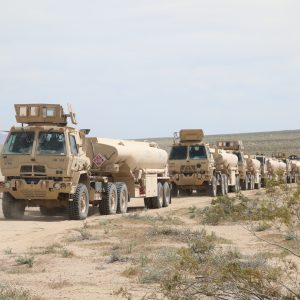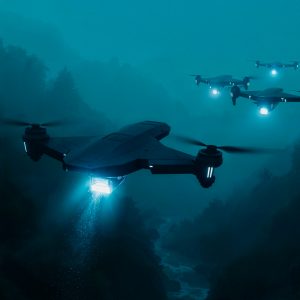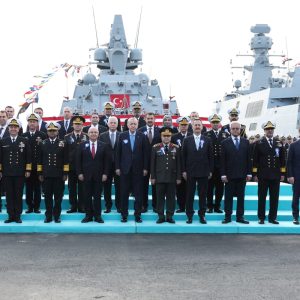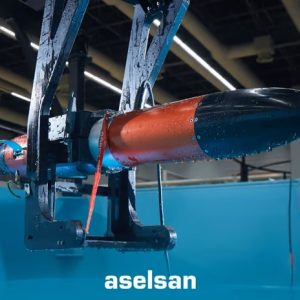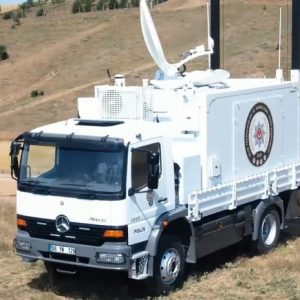The U.S. Indo-Pacific Command (INDOPACOM) has launched “The Forge,” a first-of-its-kind expeditionary foundry delivering rapid 3D-printed solutions for mission-critical military components. This capability strengthens operational readiness by replacing vital parts—from artillery brackets to autonomous resupply vessels—within hours, reducing reliance on lengthy supply chains.
Revolutionizing Military Supply Chains with Additive Manufacturing
The Forge eliminates long wait times for essential equipment. For example, a propeller blade once expected to take 18 months to replace can now be produced in a single day. By deploying additive manufacturing and portable maker units, INDOPACOM boosts resilience in forward operations where traditional logistics cannot keep pace with battlefield demands.
Housed in a repurposed 1936 warehouse, the foundry uses cutting-edge technology from Oak Ridge National Laboratory. Marines and soldiers can now print and forge parts aboard ships, in remote bases, or during field missions, ensuring continuous combat capability even under contested conditions.
From FPV Drones to Artillery Components
The facility’s rapid prototyping has already demonstrated battlefield impact. When a unique howitzer shock absorber bracket failed during training, engineers produced a replacement in five hours and added several more for future needs. Similarly, a combat-proven FPV drone with a 200-kilometer range was rapidly designed and deployed, enhancing tactical operations.
Other innovations include a carbon fiber dinghy that prints in 18 hours and assembles easily in the field, providing low-cost, one-way resupply options. These capabilities highlight how the expeditionary foundry is transforming logistics for future conflicts in the Indo-Pacific theatre.
Building a Future-Ready Defence Workforce
INDOPACOM has coupled this technology with a strong workforce development initiative. With $12 million in Pentagon funding, the command established training programs across Hawaii, including a state-of-the-art facility at Honolulu Community College. “Deterrence needs both technology and skilled people,” said B
This initiative marks a pivotal step toward a planned 10,000-square-foot manufacturing facility near Pearl Harbor, aiming to scale up advanced battlefield production while retaining agility and expeditionary flexibility.
Strategic Impact on Future Warfare
Experts suggest that expeditionary manufacturing could fundamentally reshape U.S. military logistics in the Indo-Pacific. In a potential conflict scenario where resupply lines are contested, the ability to print essential components, drones, or even makeshift vessels in-theatre could prove decisive. The Forge exemplifies the Pentagon’s push toward decentralized, resilient supply chains tailored for high-intensity operations against near-peer adversaries.



